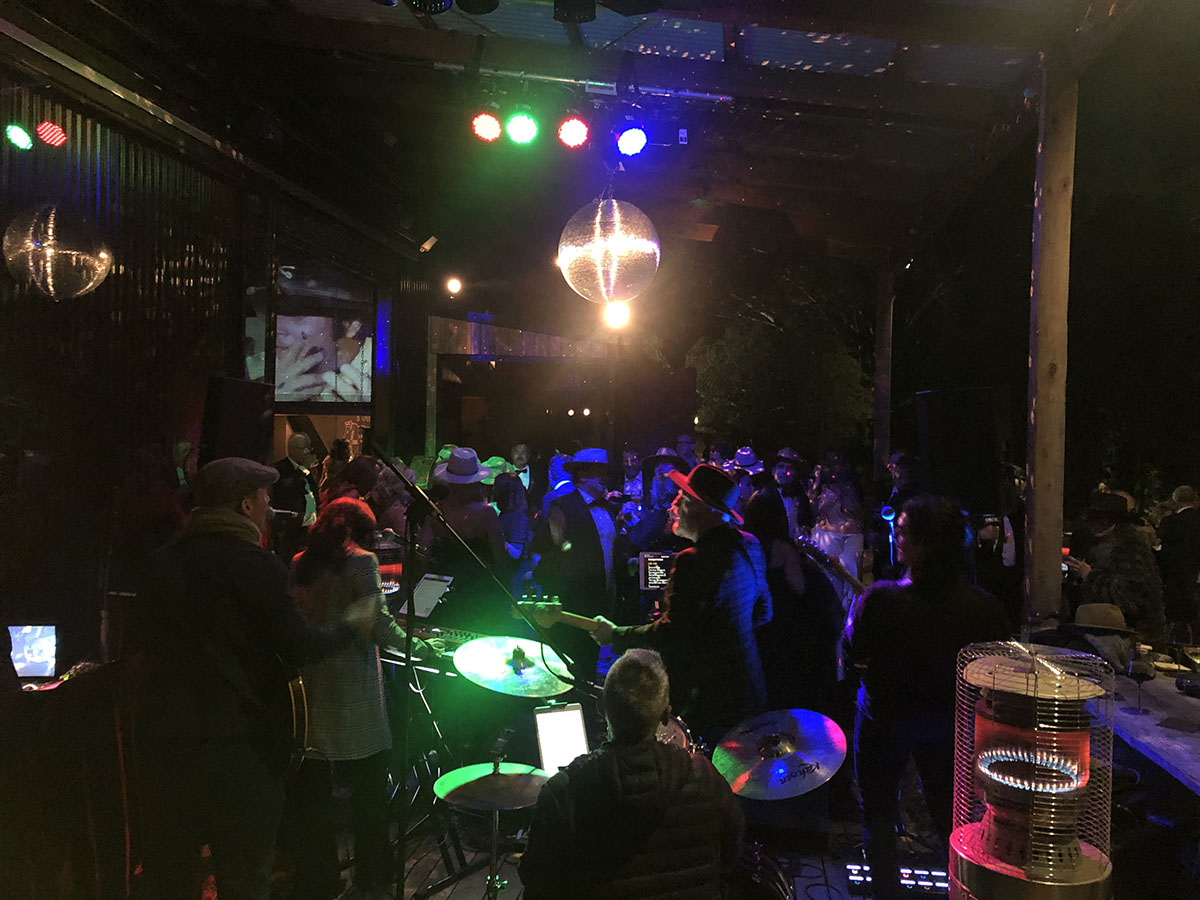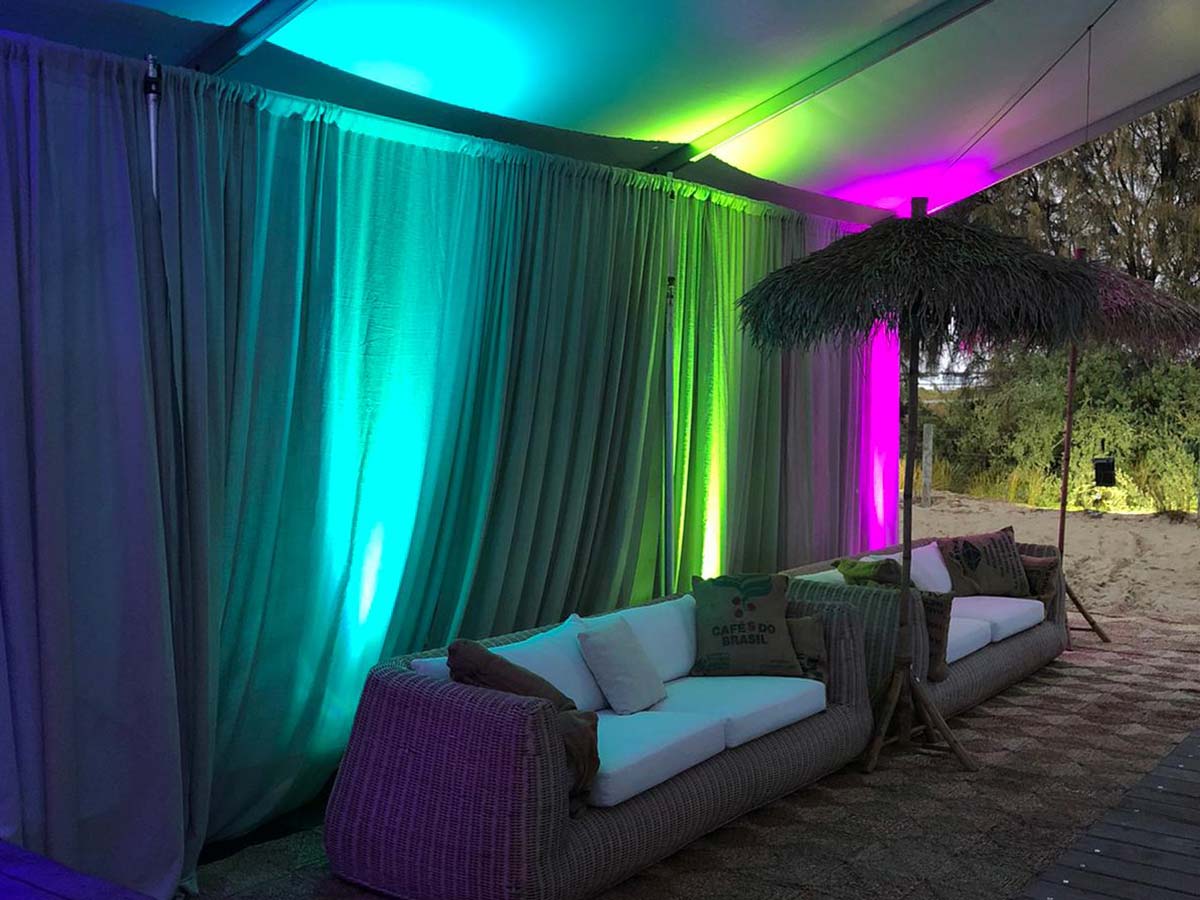We use cookies to make your experience better. To comply with the new e-Privacy directive, we need to ask for your consent to set the cookies. Learn more.
5 Essential Tips for Choosing the Perfect Lighting Setup for Your Event

Choosing the ideal lighting setup for your event may have a huge influence on the overall atmosphere and success. Whether you're planning a business event, a wedding, a concert, or a party, the appropriate lighting can help set the tone, emphasise essential features, and provide a memorable experience for your attendees. Here are five essential recommendations to help you select the ideal lighting setup for your event:
1. Understand Your Event's Theme and Purpose:
Before choosing a lighting setup, it is critical to understand the concept and purpose of the event. Are you looking for an elegant and refined ambience, a vibrant and colourful setting, or a dramatic and theatrical effect? For example, if you are planning a wedding, you may like gentle and romantic lighting, such as fairy lights or chandelier lighting. On the other hand, a disco party may necessitate dynamic disco lighting effects and laser lights. Consider what atmosphere and message you want to communicate with your lighting selections.
2. Assess the venue and space:
The location and space where your event will take place are important factors in establishing the lighting configuration. Consider the venue's dimensions, layout, and architectural elements. To properly illuminate an outdoor event or venue with high ceilings, strong lighting equipment such as floodlights or festoon lights may be required. Indoor venues with distinct regions, such as stages, dance floors, or display booths, may necessitate tailored lighting solutions like spotlights, LED wash lights, or dramatic lighting.
3. Choose versatile lighting equipment:
Choose adaptable lighting equipment that can be adjusted to numerous settings and lighting effects. LED lighting, for example, provides a wide range of colours, intensities, and programmable effects, making it appropriate for a variety of event themes and atmospheres. Lighting control consoles, such as the Chamsys QuickQ series discussed previously, offer user-friendly features and versatility for handling dimming settings and colour mixing. Investing in adaptable lighting equipment enables you to develop personalised lighting designs that are suited to your event's specific needs.

4. Consider practicality and logistics:
Consider practicality, logistics, and economic limits while deciding on a lighting system. Based on the frequency and budget of your events, decide whether to rent or buy lighting equipment. Hiring lighting equipment for one-time or infrequent use might be a cost-effective solution. Make sure you have enough power, rigging points, and safety precautions in place to construct and operate the lighting equipment. Work with experienced lighting technicians or specialists to help with setup, programming, and troubleshooting throughout the event.
5. Test and rehearse the lighting setup:
Ultimately, thoroughly test and rehearse your lighting setup before the event. This allows you to fine-tune lighting cues, transitions, and effects to ensure they run smoothly during the event. To minimise technical issues or last-minute surprises, ensure that lighting equipment, control systems, and audiovisual elements are all compatible. Rehearse lighting sequences with performers, speakers, or presenters to ensure that lighting cues are properly synchronised with the event's programme and timing.
By following these important recommendations and drawing inspiration from the variouslighting hiring options available, you can design a gorgeous and striking lighting arrangement that improves the entire experience and success of your event. Tailoring your lighting selections to your event's theme, venue, practical concerns, and testing methods can help to make your visitors' experience unique and visually appealing. Wwave provides extensive lighting hiring services for a variety of occasions, such as weddings, parties, corporate celebrations, exhibits, and more. Their wide lighting equipment comprises festoon, architectural, dramatic, exhibition, and disco party effect lighting, among other things.
